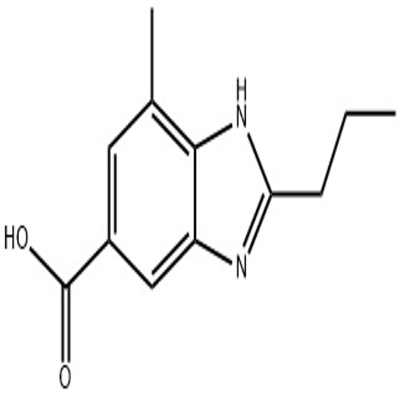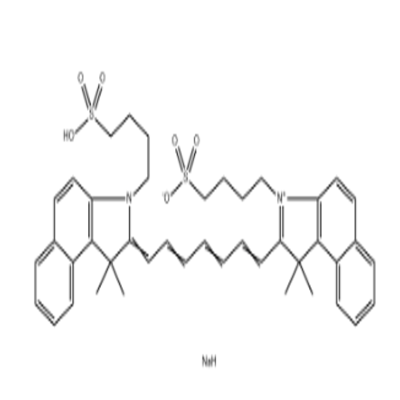-
Categories
-
Pharmaceutical Intermediates
-
Active Pharmaceutical Ingredients
-
Food Additives
- Industrial Coatings
- Agrochemicals
- Dyes and Pigments
- Surfactant
- Flavors and Fragrances
- Chemical Reagents
- Catalyst and Auxiliary
- Natural Products
- Inorganic Chemistry
-
Organic Chemistry
-
Biochemical Engineering
- Analytical Chemistry
-
Cosmetic Ingredient
- Water Treatment Chemical
-
Pharmaceutical Intermediates
Promotion
ECHEMI Mall
Wholesale
Weekly Price
Exhibition
News
-
Trade Service
3-Thienylazide iodide, also known as 3-TIA, is an organic compound that is commonly used in the chemical industry.
It is primarily used as a reagent for the synthesis of various chemicals and pharmaceuticals.
Due to its potential for use as a pharmaceutical intermediate, it is of utmost importance to understand its safety in the workplace.
3-Thienylazide iodide is classified as a hazardous substance, according to the OSHA Hazard Communication Standard (HCS).
It is classified as a Category 3 hazard, which means that it is a suspected human carcinogen.
This classification is based on animal studies that have shown an increased incidence of cancer in the liver, lung, and thyroid gland.
In the workplace, workers who handle 3-thienylazide iodide should take appropriate precautions to protect themselves from exposure.
This may include wearing appropriate personal protective equipment (PPE), such as gloves, safety glasses, and lab coats.
It is also important to ensure that proper ventilation is present in the work area to prevent inhalation of any vapors or dust.
In addition to its classification as a hazardous substance, 3-thienylazide iodide also has other safety concerns in the workplace.
It is highly reactive and can ignite upon contact with air or moisture.
This means that it should be stored in a cool, dry location and handled with care to prevent accidents.
Anyone who handles 3-thienylazide iodide should also be aware of the symptoms of exposure.
These may include irritation of the eyes, nose, and throat, as well as coughing and difficulty breathing.
If an employee experiences any of these symptoms, they should seek medical attention immediately.
It is also important to note that 3-thienylazide iodide can have negative effects on the environment.
It should be disposed of properly in accordance with local and federal regulations.
This may include disposal in a hazardous waste facility or by following special recycling procedures.
In conclusion, 3-thienylazide iodide is a hazardous substance that requires appropriate precautions in the workplace.
It should be handled with care and stored in a cool, dry location.
Workers who handle this compound should be aware of its potential health effects and take steps to protect themselves.
Additionally, it is important to dispose of 3-thienylazide iodide in accordance with local and federal regulations to minimize its impact on the environment.




![benzyl N-{2-[4-(4,4,5,5-tetramethyl-1,3,2-dioxaborolan-2-yl)phenyl]ethyl}carbamate](https://file.echemi.com/fileManage/upload/goodpicture/20210823/m20210823171124543.jpg)


